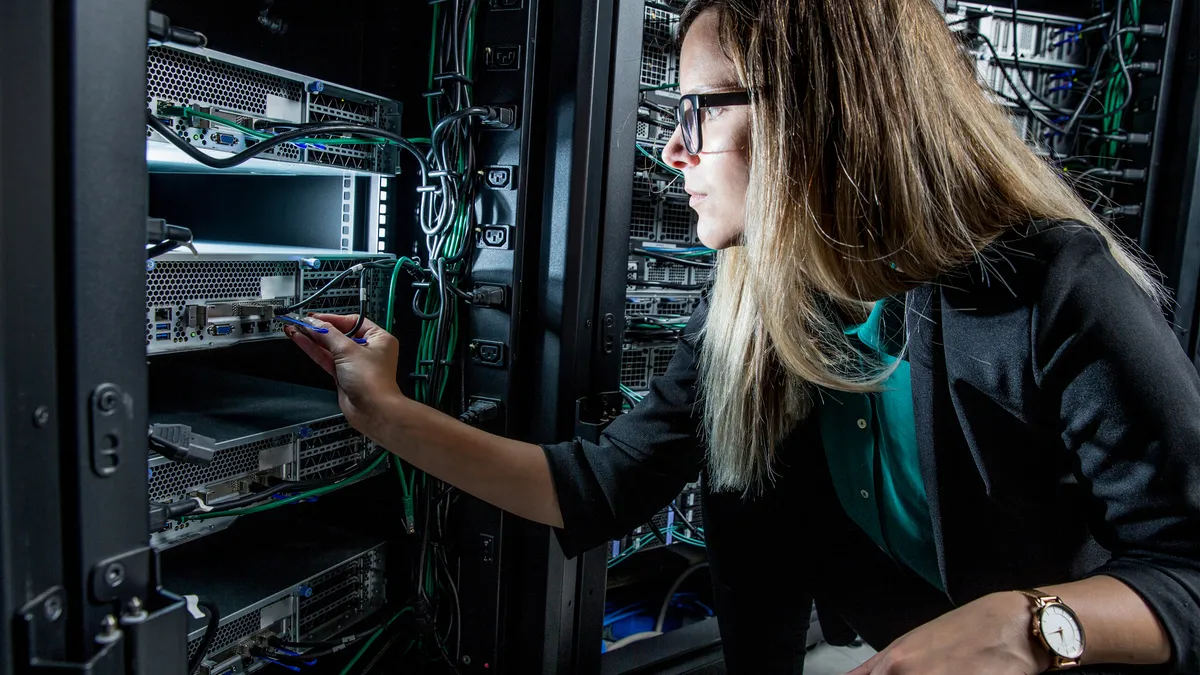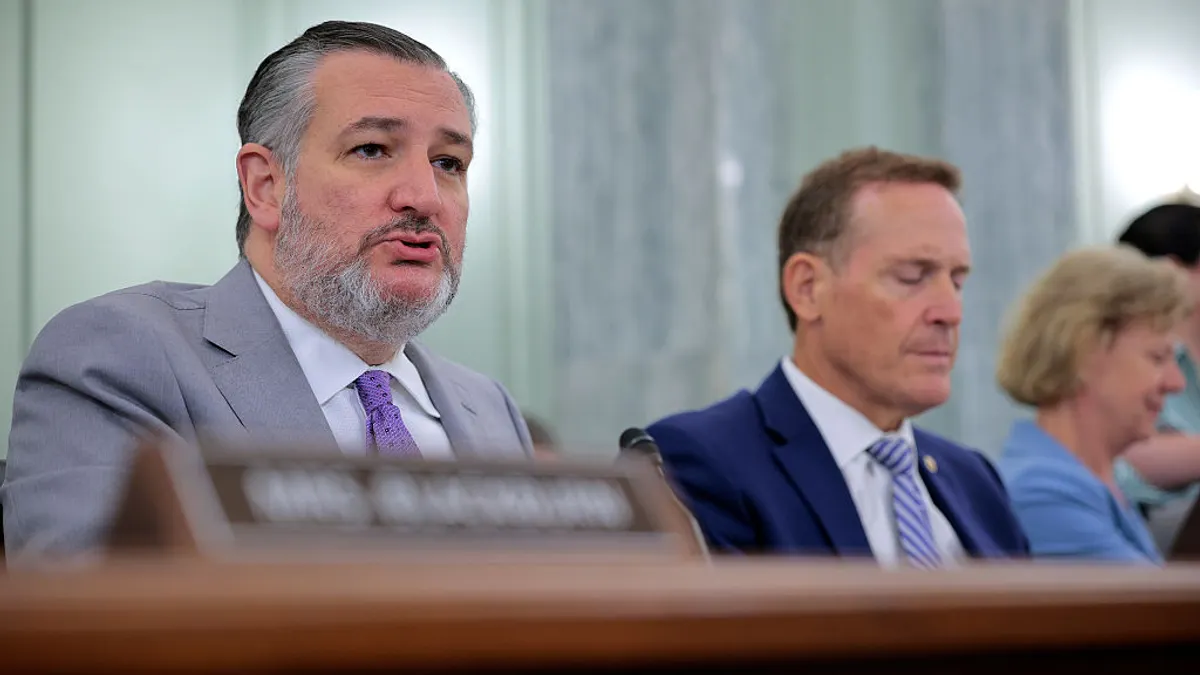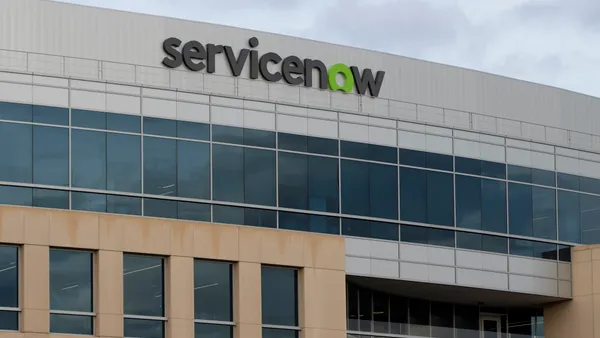Dive Brief:
- Aging IT environments are driving companies to prioritize modernization as executives grapple with higher than expected maintenance costs and interoperability challenges, according to a report Ensono published earlier this month. The company surveyed 500 IT decision-makers in the U.S. and U.K. at organizations generating more than $500 million in revenue annually.
- Cybersecurity risks, slow release cycles and the high costs of legacy tech maintenance are primary drivers fueling organizations to invest in IT modernization, the Ensono survey found. Nearly half of the respondents said legacy maintenance costs exceeded expectations in the last year. Respondents also cited talent gaps as a stumbling block to revamping IT infrastructure.
- “CIOs and IT leaders clearly recognize where they need to go with modernization, but lapses in workforce availability, expertise, and fluctuating budgets create headwinds that restrict sustained momentum,” Ensono’s Chief Strategy Officer Brian Klingbeil said in a release announcing the study.
Dive Insight:
The pace of change prompted by the rise of generative and agentic AI is driving enterprises to prioritize modernizing their IT systems, analysts said.
“One of the things that slows down agility and creates friction is just the time and effort it takes to maintain legacy infrastructure, legacy workloads, that weren’t designed for this rapid pace of change,” said Niel Nickolaisen, an adjunct research advisor for consulting firm IDC’s IT executive program.
CIOs must evaluate areas where it’s possible to retire or lessen reliance on legacy systems, according to panelists speaking during a CIO Dive and Cybersecurity Dive virtual event in August. Particularly as IT teams understand that legacy environments “just won’t scale” with the rapid changes businesses are undergoing today, said Gartner VP Analyst Jeff Vogel.
Not only are older IT systems costly to support and maintain, they might also increasingly lack the talent needed to operate them. If skills required to maintain legacy systems are scarce, it makes the project a high-priority modernization candidate, Nickolaisen said.
Modernization efforts will require IT teams to assess whether it’s worth the cost for an organization to keep a legacy system over replacing it, Nickolaisen said. The Ensono survey revealed that enterprises starting modernization efforts can be slowed by focusing on the interoperability of legacy IT systems with newer platforms. Nearly 3 in 5 respondents work at organizations functioning in a hybrid IT environment, with legacy IT systems still playing a critical role in day-to-day operations, according to Ensono.
“You’ve got to look at it on a case-by-case basis and decide what is the pain in keeping it, what’s the pain in integrating it with everything else and how does that compare to the cost of replacing it,” Nickolaisen said.
IT teams will be operating in hybrid environments for the foreseeable future, Nickolaisen expects, despite the greater focus on IT modernization prompted by AI developments.














